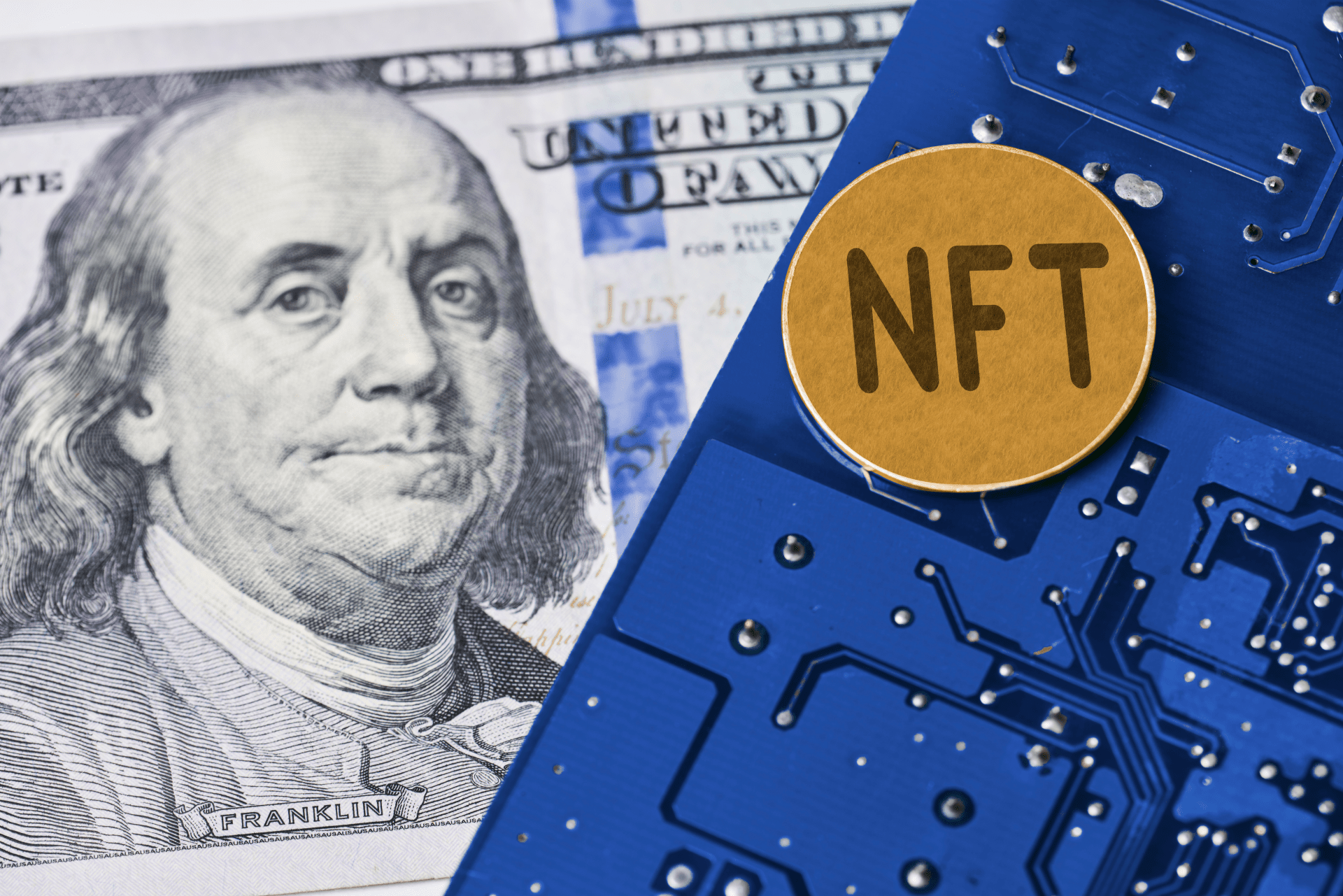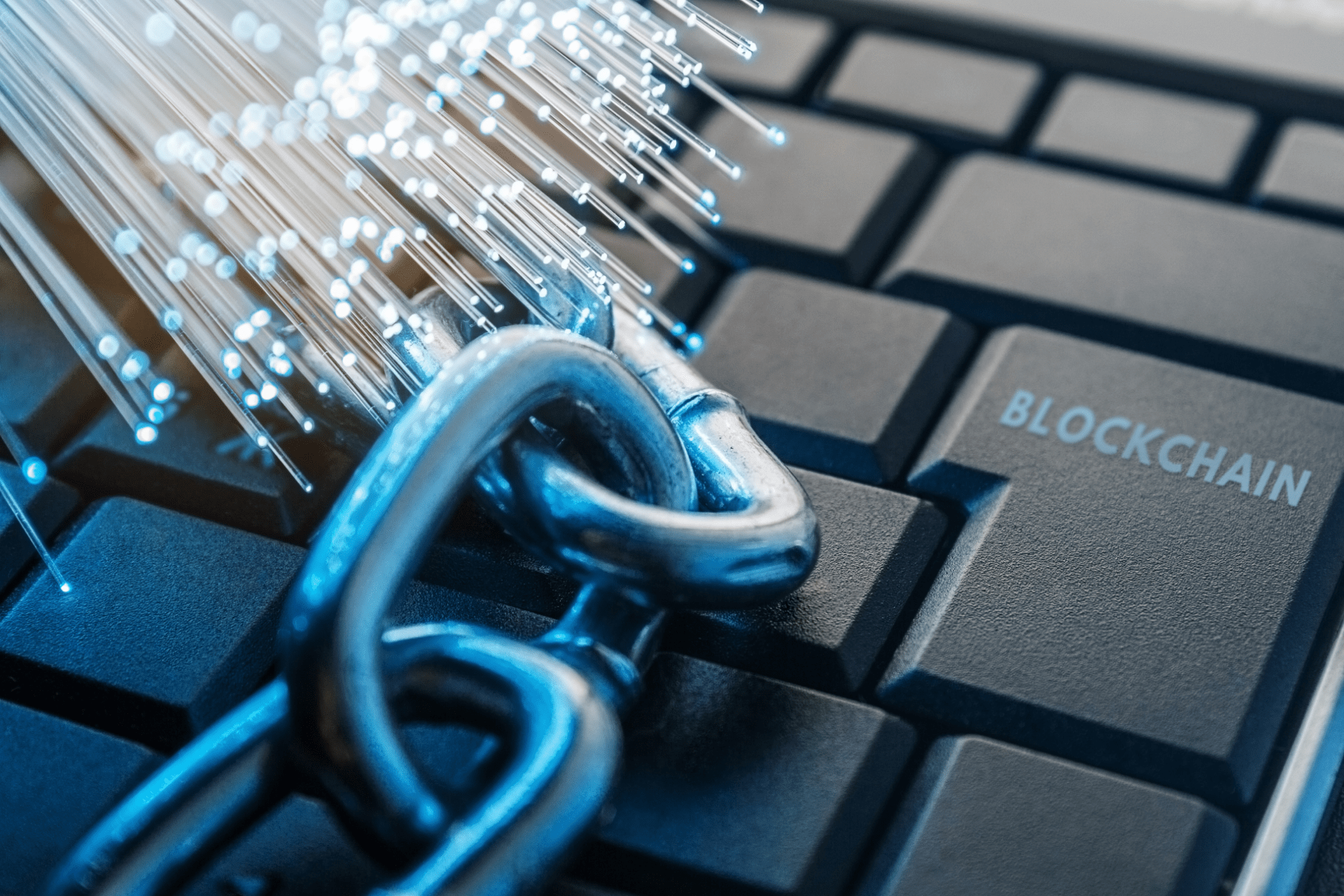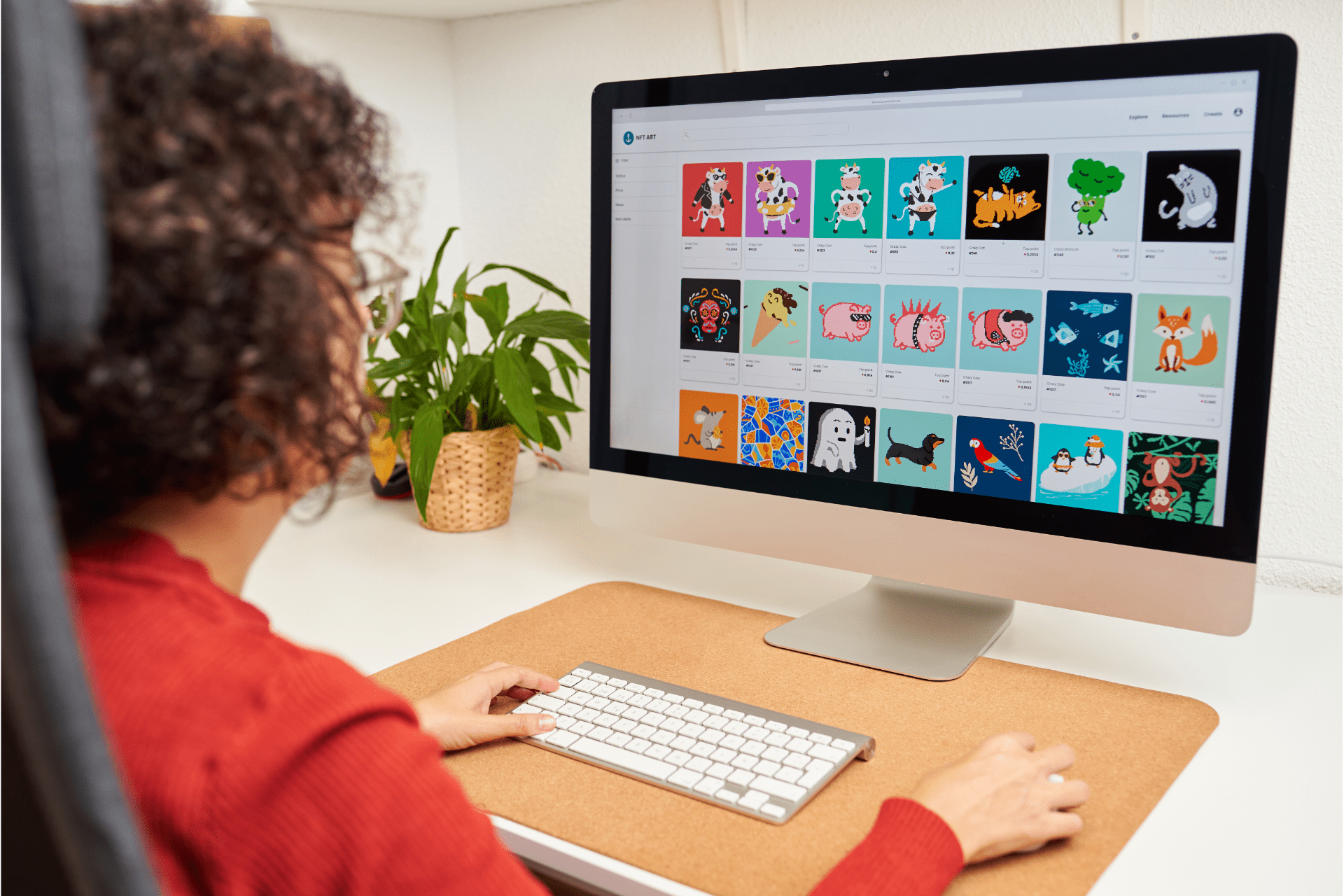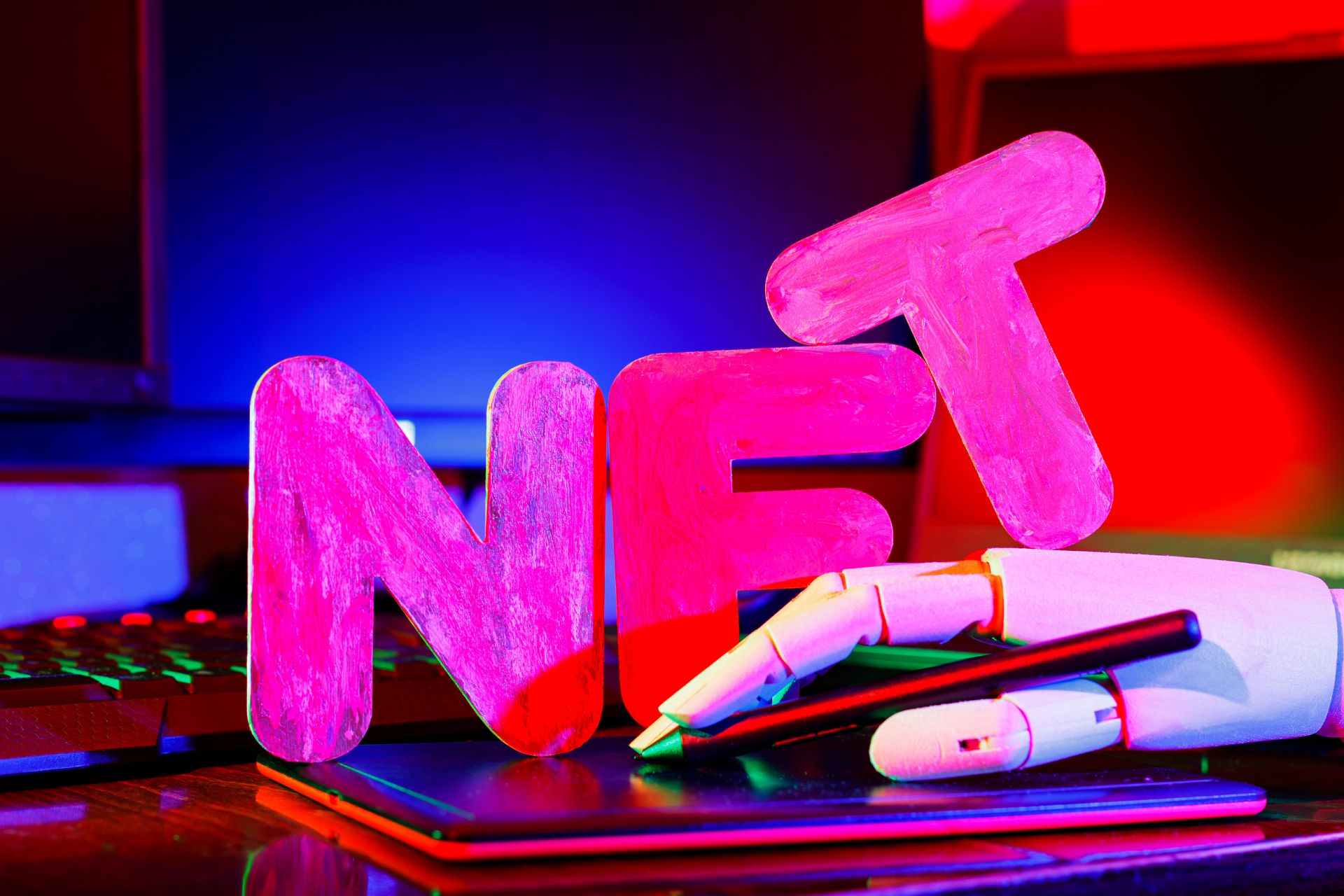Since 2009, when the 0.1 version of bitcoin was released by a person or a group that goes by the name Satoshi Nakamoto, blockchain technology found its first popular use. This started a real revolution in the financial sector, but over time blockchain has been applied in many other areas as well, with even more implementations to come in the following years.
The technology that supports NFTs is one of the most well-known applications of blockchain. The concept of NFTs was first presented in 2014, but it really exploded in 2021, when it started trending on social networks and mass media.
It gained worldwide popularity overnight and now everyone’s talking about them: entrepreneurs, celebrities, museum curators, auction house owners, art enthusiasts, as well as ordinary people who still often wonder what NFTs are, how they work, where to buy them, and, of course, can you really make money on NFTs?
In this article, we’ll try to answer all these questions with a special emphasis on where to buy NFTs. Let’s get started.

What are NFTs?
NFTs are a type of crypto asset and a part of the crypto ecosystem. They’re not exactly cryptocurrencies, but they can be bought for cryptocurrency and use the same kind of underlying technology.
Although both NFTs and cryptocurrencies run on a blockchain, it’s certain different standards that distinguish them from one another. NFTs are based on ERC-721 and similar protocols that ensure that NFTs are unique tokens on a blockchain.
This is what sets them apart from cryptocurrencies. A coin of ether, for instance, isn’t unique – it’s completely the same in all properties as any other coin of ether. On the contrary, NFTs aren’t convertible in this way, or in other words, they’re non-fungible tokens (NFTs for short).
Blockchain developers made use of the fact that NFTs are programmed to be unique and that they can be connected to any digital item. By using some lines of code and a URL to this digital item, NFTs can be used to represent that item and serve as immutable proof of ownership. This way, whoever buys an NFT can be proved to own a certain digital file, which is very handy if that file is a piece of digital art.
And that’s how it began. An odd concept for many at first became a global sensation as digital artists and art enthusiasts alike embraced the idea and started trading NFTs worth thousands and even millions of dollars. But where exactly does this trading happen?

Where to buy NFTs?
NFTs might be conceptually tricky to grasp, but buying NFTs is actually pretty simple. You can buy them on online NFT marketplaces that basically work like any other website where people buy and sell goods. There are two differences though – the first one is that they’re specialized for NFTs, and the second one is that they also run on a blockchain.
You can use NFT marketplaces to upload, exhibit, research, choose, buy, and sell NFTs. Some NFTs are up for auction, while others have a fixed price and can be instantly bought – it’s usually really up to the seller. Some NFTs can even be bought in advance, before they’re actually created on a blockchain. These NFTs are usually part of new editions of prominent NFT collections and the rarest items in these collections often have to be “reserved” before they’re dropped.
Also, some marketplaces offer the functionality of creating or “minting” new NFTs based on a digital file you upload. That way digital artists and designers can produce, display, and sell their NFTs – all in one place.
Of course, all this isn’t completely free. Marketplaces have their expenses as minting NFTs and validating transactions on the blockchain require a lot of computing power. They normally charge transaction fees, but these are usually not higher than 2-3% of the transaction.
You also pay gas fees if you wish to mint your own NFT, and these can get pretty high sometimes, depending on the particular marketplace and how busy it is at the moment.
Finally, there are a few different kinds of marketplaces:
- General marketplaces: here there are basically no limits – anyone can register and mint any kind of NFTs, whether they’re professional artists or not.
- Curated marketplaces: these NFT marketplaces have certain criteria and standards and they won’t let just anyone sell their stuff there. Of course, this means all the artwork is high-quality and fully legit
- Niche marketplaces: these marketplaces offer only particular collections, projects, or particular types of NFTs, whether it’s sports cards, music, or collections with a certain theme
- Gaming marketplaces: here you can find NFTs that can be used in a specific crypto NFT game
How to choose the right NFT marketplace?
There’s a large number of different NFT marketplaces out there, and which one you’ll pick depends on a number of factors, as well as your own preferences. Here are some factors you should consider when choosing an NFT marketplace.

Sheer size and trade volume
On the one hand, it makes sense to choose a marketplace that offers the widest variety of NFT artwork and collections. If you’re going for quantity of choice rather than quality, then you should try the most popular marketplaces out there, and right now number one in this context is definitely OpenSea.
However, you may be going after something particular. If you’re looking for a specific type of NFT, there are many niche marketplaces that you might find interesting. Or if you’re looking for rare, exclusive content by a selected few artists, then some of the carefully curated marketplaces seem to be right for you, such as Nifty Gateway, SuperRare, or Foundation.
Legitimacy and verification procedures
Although blockchain technology is basically secure by design and it’s very difficult to scam someone in the crypto sphere, there are still ways marketplaces or NFT traders can cheat you. For instance, you can still come across forged artwork on some marketplaces.
“Forged” in this context means offering an NFT that has already appeared on another marketplace or that the seller has created an NFT and put it up for sale without the permission of the original artist.
Most NFT marketplaces are trying to fight this practice, detect the forgeries, and ban the scammers whenever they identify them. However, that’s not always easy. Anyway, you need to make sure a marketplace has strict verification procedures in place and that they demand that artists prove their identity and authorship in some way. You surely don’t want to buy a unique piece of art only to later find out it’s not unique or legit at all.
Sales history and additional info
If you intend to make some money on NFT trading, the first condition is to find out everything you can about that NFT. The only way to predict the future value of an NFT is to know enough about its history.
Thus it’s crucial that the marketplace displays the NFTs’ sales history. This way you can see the past price fluctuations and check how liquid the piece is. If it only had one or two sales in the past, it may be difficult to sell it again. However, if it changed hands multiple times in a short interval, it’s safe to assume that you won’t lose (a lot of) money if you choose to acquire it.
Apart from sales history, an NFT marketplace should clearly display the NFT’s attributes, rarity, as well as the name of the artist and the collection it belongs to. All these are very important factors that affect its price and liquidity.
Gas and transaction fees
As it was mentioned, NFT marketplaces make their profit by charging transaction and gas fees. Keep in mind that these can be very different so always check how much you’ll be charged for minting, selling, or buying an NFT.
Even fees at a single marketplace can be different at various times, depending on how busy they are at the moment. It’s best to explore these beforehand, but even if you don’t do that, don’t worry too much as most marketplaces will let you know how much they charge before you click “buy” or “sell”. Just remember to check this and if a fee seems like a bit too much, it may be substantially lower elsewhere.
The choice of blockchain
At first, all NFT marketplaces ran on the Ethereum blockchain. But over time a lot of new NFT-compatible blockchains emerged. They differ in many characteristics – for instance, speed, security, or the cryptocurrency they accept. Also, some offer lower fees than others and some may leave a higher carbon footprint.
For instance, many people choose Solana-based marketplaces such as Digitaleyes, Magic Eden, or Solanart for their speed. Currently, it’s the fastest blockchain in the world, with the capacity to process 65000 transactions per second. Also, Solana supports our newest crypto game, Solchicks, which is set to be released very soon! Until then, join our communities on Twitter, Discord, Telegram, and Instagram.
Wallet compatibility
In order to trade NFTs in the first place, you’ll need some cryptocurrency and a crypto wallet. You’ll have to connect the wallet to a marketplace of your choice, but have in mind that not all wallets are compatible with all marketplaces.
A marketplace will usually clearly list all the wallets it supports, so there are no secrets there. You may have a strict choice of wallet because of the level of security it provides or for any other reason so you’ll want to go with the NFT marketplaces that can be connected to it. Or you could think the other way around: choosing a wallet based on marketplaces it’s compatible with. Whatever suits you best.

And finally: can I make money on NFTs?
Absolutely. If you’re thinking of buying NFTs in order to make money in the future, you’re not the only one. There are more and more people doing it, and for a good reason. Some NFTs in the previous year or two were sold for tens of millions of dollars, and the market is still in the early stages of development.
Of course, these huge deals are very rare and you shouldn’t go into NFT trading hoping that you’ll get rich overnight. However, with a clever strategy, lots of research, and a bit of luck you can be hoping for a solid long-term return in the future. Just respect the same rule that applies to any crypto investment – “don’t invest more than you can afford to lose” – and you’re all set.
FAQ:
What is an NFT marketplace?
NFT marketplaces are online platforms that support NFT trading. Just like NFTs, they’re built on a blockchain and work more-less like any other online marketplace, with one basic exception – most of them accept only cryptocurrency.
Some of the marketplaces also offer their users to create, or “mint” a new NFT based on the piece of digital art they created. When choosing a marketplace to buy or sell NFTs, you should have several factors in mind: its security, credibility, speed, transaction prices, wallet compatibility, popularity, as well as their trade volume.
Which NFT marketplace is the best?
This fully depends on your needs and ambitions regarding NFT trading. For example, if you’re looking for the broadest possible assortment of NFTs, try OpenSea. If you wish to have the luxury of paying in fiat money, then Nifty Gateway should be your choice. For those looking for fast transactions, you ought to try one of the Solana-based marketplaces, and if you want to buy exclusive, high-end NFTs, try SuperRare.
Why are people buying NFTs?
There are many different reasons why people buy NFTs, but they more-less come down to only three:
- Earning money: the global NFT market is growing at a breakneck speed. If you do thorough research and invest wisely, NFTs can bring you serious financial benefits.
- Prestige: owning a rare and exclusive NFT is basically like owning a rare and exclusive physical painting. Just like millions of people have prints of Van Gogh, there are millions of people who can download the piece of art from the internet. But just like there’s only one original Van Gogh, there’s also only one NFT that confirms your ownership of digital artwork. In both cases, rarity drives value, status, and prominence.
- Pure love and enthusiasm for art: by buying NFTs, you can support the artists you admire and treat yourself with an original digital piece of art.
What are good NFTs to buy?
This depends on why you’re buying. If you’re buying NFTs to resell them later and make money, you should ideally look for NFTs with these features:
- They’re liquid, meaning that they have been bought and sold multiple times before
- Their price has an upward tendency
- They have a high level of rarity
- They’re part of an exclusive collection created by a renowned artist or studio
Of course, all these factors don’t guarantee success. On the other hand, sometimes, some NFTs that have none of these features will bring you profit. There’s no strict recipe for making money here, there are just some uncertain indicators that they’ll be in demand in the future.
Nevertheless, making a profit doesn’t have to be your only motivation for buying NFTs. If you just want to collect art, then it’s much easier – sit back, relax, browse through different collections, and choose NFTs you’ll simply be proud to own in the years to come.


